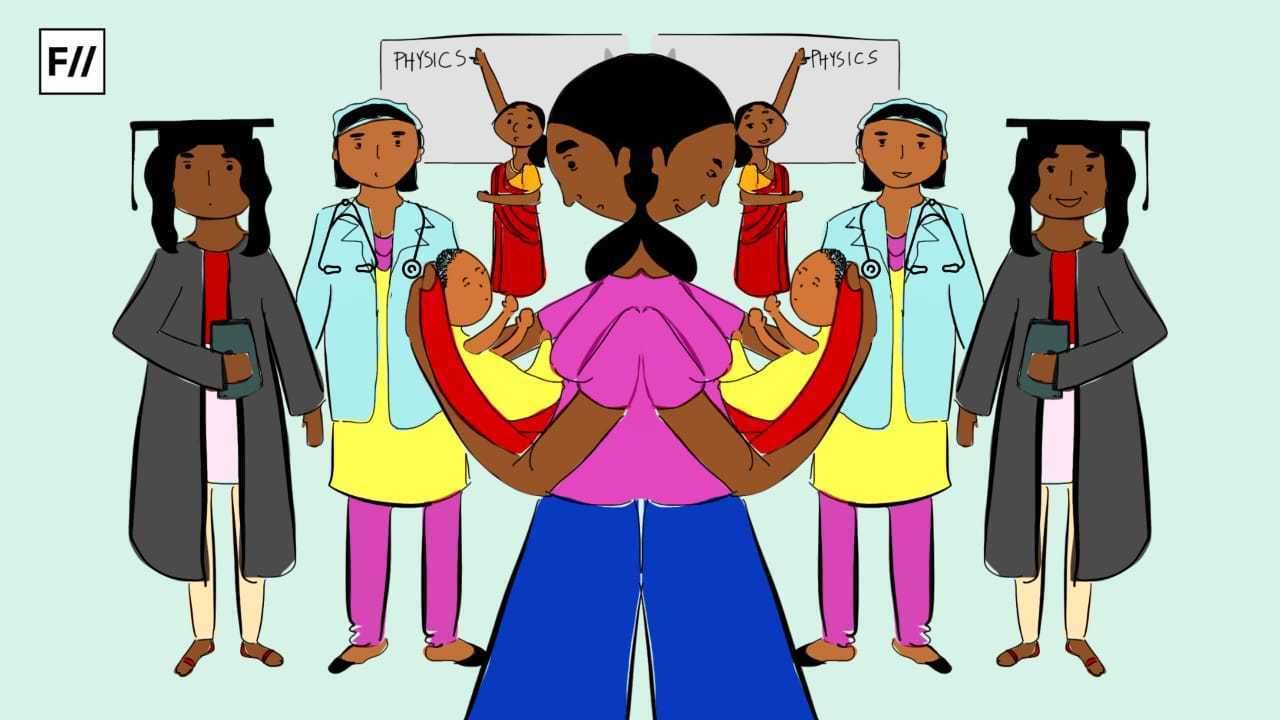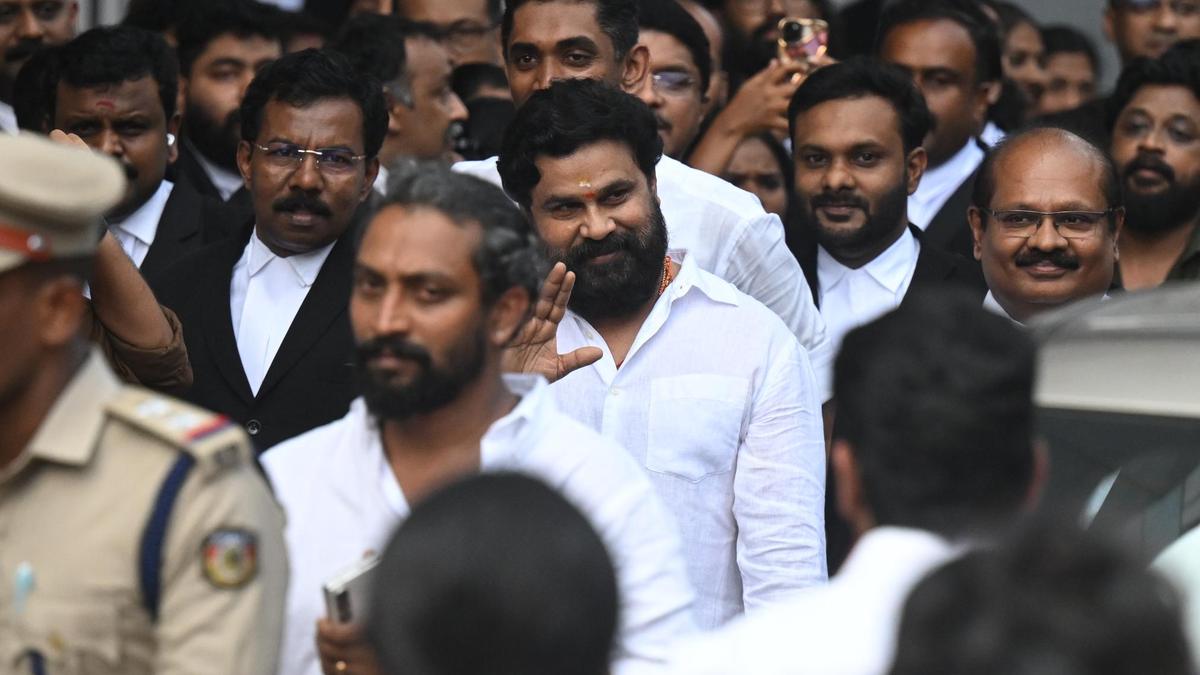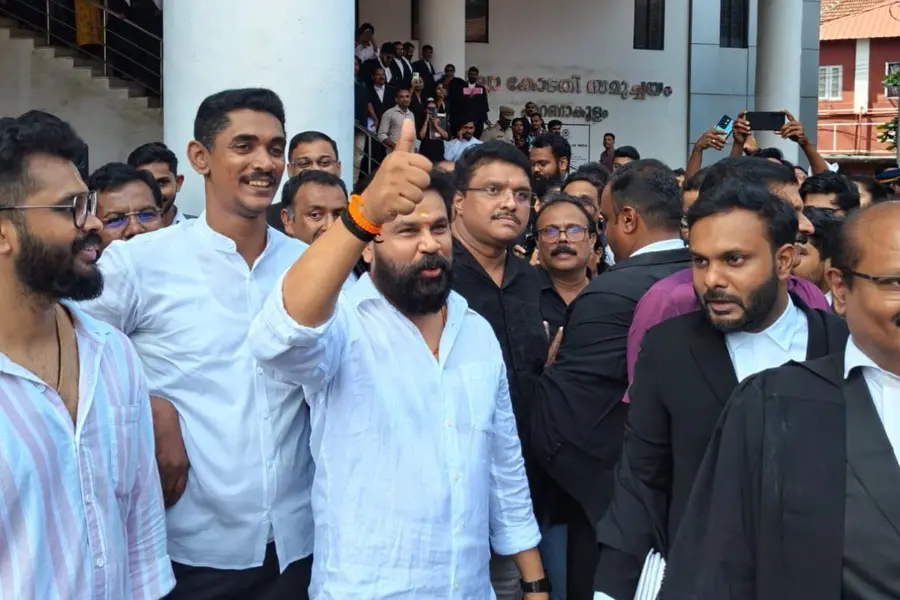Imagine being in an accident and your leg gets crushed by a truck. You are now left with an amputated leg, trauma, unbearable pain, and your office expects you back at work on Monday. Wouldn’t it be unfair? Downright inhumane? Women go through something very similar during childbirth. Their bodies grow another human being for nine whole months, then push a baby out (or get a C-section). They bear irreversible changes to their physical health, mental health, and family life. To top it all, while recovering, they are now responsible for a newborn baby that needs 24/7 surveillance and nurturing.
So, if a working woman is pregnant and requests maternity leave, would you deny it? A government school in Tamil Nadu did, and the state government backed it up.
The two-child norm policy of Tamil Nadu state
In a recent case, K. Umadevi v. Government of Tamil Nadu (2025), an English school teacher applied for maternity leave when she was pregnant in 2021. For context, Tamil Nadu has a two-child norm policy for population control measures. The State’s Fundamental Rules 101(a) states that ‘the maternity leave shall be admissible to married women government servants with less than two surviving children’.

The petitioning school teacher already had two children from her previous marriage, but her ex-husband had custody of those kids. After her divorce, she joined the government school as a teacher and got married again in 2018. Her maternity leave request was for the firstborn with her second husband. The higher secondary government school denied her leave request, citing her third pregnancy as the reason.
On May 23, 2025, the Supreme Court ruled that maternity leave is a fundamental right under Articles and 42 of the Constitution. It is not a ‘benefit’, and denying it goes against women’s dignity.
Unhappy with the request denial, she took the case to the Madras High Court, where a single-judge bench ruled in her favour in 2021, and the school was asked to grant her maternity leave of one year. According to Section 5 of the Maternity Benefit Act, 1961, women are entitled to 26 weeks of maternity leave for up to two surviving children, and 12 weeks of leave for women with two or more children. Justice V. Parthiban referred to this section, interpreting that since her two kids were not in her custody, and as she hadn’t availed any maternity leave for their births, she was entitled to this leave.
However, the Tamil Nadu state government challenged the single judge’s ruling before a Division Bench, as it was against the two-child norm state policy. The bench quashed Justice Parthiban’s ruling, expressing that ‘maternity leave is not a fundamental right, but a benefit’.
Supreme court’s ruling
The school teacher, frustrated with the state’s actions, took this case to the Supreme Court. On May 23, 2025, the Supreme Court ruled that maternity leave is a fundamental right under Articles 21 and 42 of the Constitution. It is not a ‘benefit’, and denying it goes against women’s dignity.
Additionally, India is a signatory to the global pact called CEDAW, ensuring workplace equity and maternity rights. Aligning with CEDAW, the Court emphasised that under international human rights law, maternity benefits are crucial to a woman’s right to equality, health, dignity, non-discrimination, and privacy. Regarding Tamil Nadu state’s two-child norm policy, the Court acknowledged its intentions of population control, but noted that the policy disregards the right to health for women.
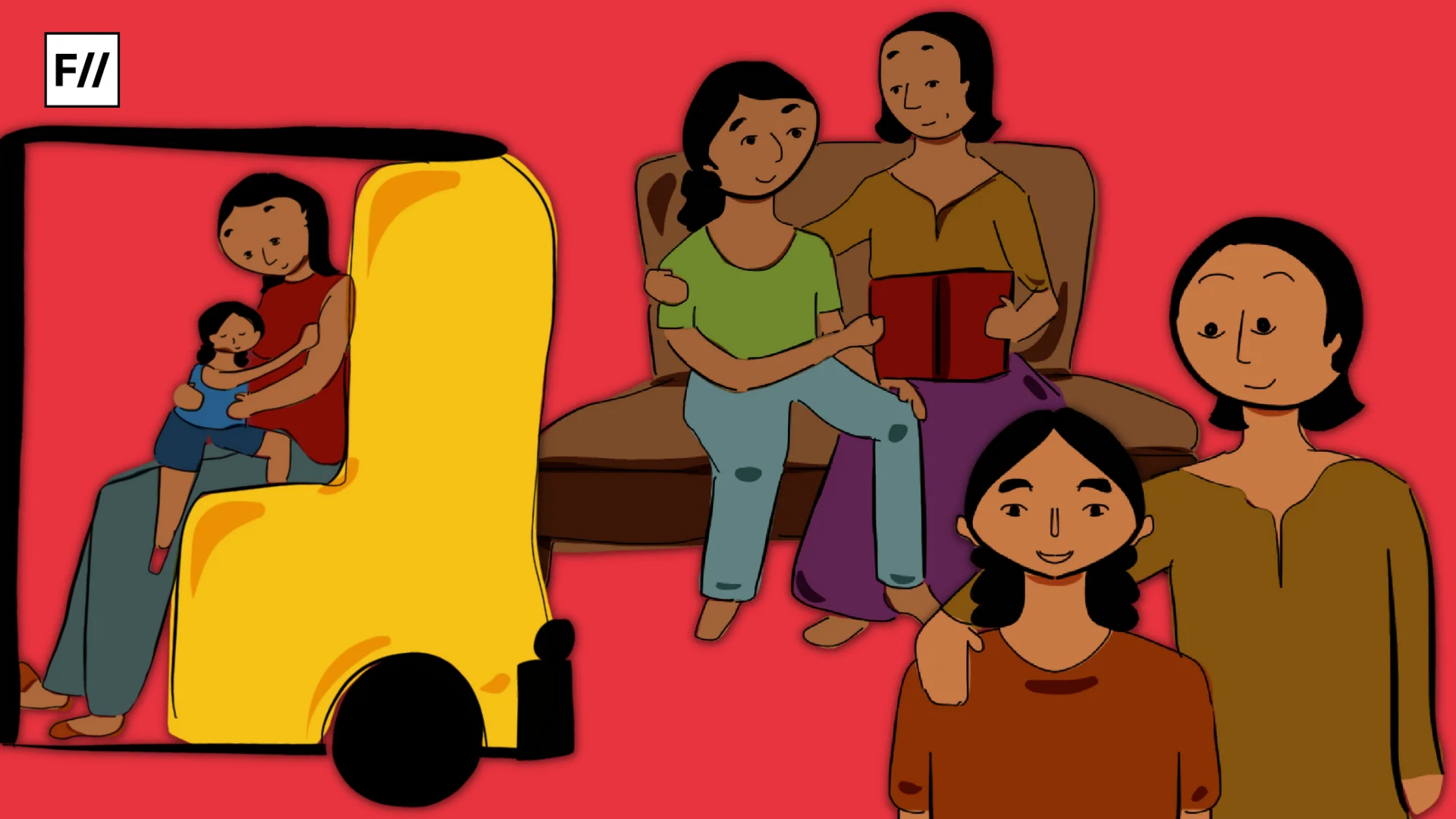
‘The object of having a two-child norm as part of measures to control population growth in the country and the object of providing maternity benefit to women employees, including maternity leave in circumstances such as in the present case, are not mutually exclusive,’ the judgment stated.
The impact of pregnancy
Maternity leave isn’t a vacation for women. Pregnancy means hormonal shifts, fatigue, physical pain, and so much more. The romanticising of pregnancy often shifts the focus from its struggles. Childbirth and postpartum recovery have a huge physical and mental toll on the mother.
Maternity benefits go beyond simply maternity leave as per the Maternity Benefit Act, 1961. They include job security during the leave with 100% salary entitlement, prenatal and postnatal care, along with a work-from-home option if available.
Birth tears, stitches, obstetric interventions, and haemorrhaging are all part of the big biological process of childbirth. Postpartum recovery takes weeks, sometimes even months, depending on the severity. The 26 weeks of maternity leave aren’t a luxury, they are a survival for mothers.
According to WHO, Postpartum depression (PPD) was prevalent in Indian mothers at 22% in 2022. Post-Traumatic Stress Disorder (PTSD) related to childbirth is another aftermath that carries stigma but is very real. A 2022 WHO report details the prevalence of PPD and its impact on maternal health.
So when a mother is not given paid maternity leave, financial stresses can affect her health, directly causing harm to the baby.
The implementation of law
Maternity benefits go beyond simply maternity leave as per the Maternity Benefit Act, 1961. They include job security during the leave with 100% salary entitlement, prenatal and postnatal care, along with a work-from-home option if available. If not, then nursing breaks and crèche facilities in the office are a must.
Plus, in India, paid maternity leave duration can be claimed for up to 26 weeks, which is higher than the international standard of 18 weeks. The 100% wage entitlement is also better than the partial wage entitlement, compared to some countries.
However, according to the Periodic Labour Force Survey (PLFS) data for 2022-23, the implementation of these benefits is barely reaching most women. Eligibility to avail the benefits does not directly translate to receiving them. For example, these benefits only apply to firms with 10 or more employees, creating a disadvantage for over 85% of women who work in smaller organisations.

The Act also requires the woman claiming these benefits to have worked at least 80 days in the one year preceding her delivery date. This becomes an issue for women who work contractually or have recently joined a new place of employment. Worse yet, if an unemployed married woman is seeking a job, she is less likely to be hired due to her household responsibilities and the possibility of pregnancy.
As per the PLFS 2022-23, only 39.9% of the working female population can access maternity benefits, because it is specifically applied to either regular salaried positions or casual wage labour.
The numbers go down with a change in occupational categories as well. Women professionals in senior management positions are more likely to be eligible for maternity benefits. Comparatively, service workers in sales, fisheries, and skilled agriculture are much less likely.
Intersectional perspective
Class, caste, marital status, and job roles all create different barriers for women. Women from marginalised communities in informal jobs may not even know that maternity leave is an option. Lack of education, legal aid, or resources creates a big gap in claiming these benefits.
Umadevi’s case exposes another gap in the system: family structure. For example, adoptive mothers get just 12 weeks of leave, while mothers having their third or subsequent child don’t get the full 26 weeks of leave, only 12.
Maternity leave alone isn’t enough, as caregiving isn’t just a woman’s job. Studies show that babies are faster learners when their fathers are active parents. Yet, they are entitled to only 15 days of paid paternity leave in India
Does a woman recover more quickly with her third or fourth pregnancy? Obviously not. All pregnancies carry equal health risks. Then why the reduced leave period? Also, when it comes to same-sex couples, there’s no provision or clear law stating any kind of benefits when expecting a child.
Where is the paternity leave?
Maternity leave alone isn’t enough, as caregiving isn’t just a woman’s job. Studies show that babies are faster learners when their fathers are active parents. Yet, they are entitled to only 15 days of paid paternity leave in India. Global leaders recognise the importance of paternity leave, offering better benefits to fathers.
Earlier, the joint family systems in India made raising a child much more manageable. ‘It takes a village to raise a child’ earlier translated to the extended family being present.
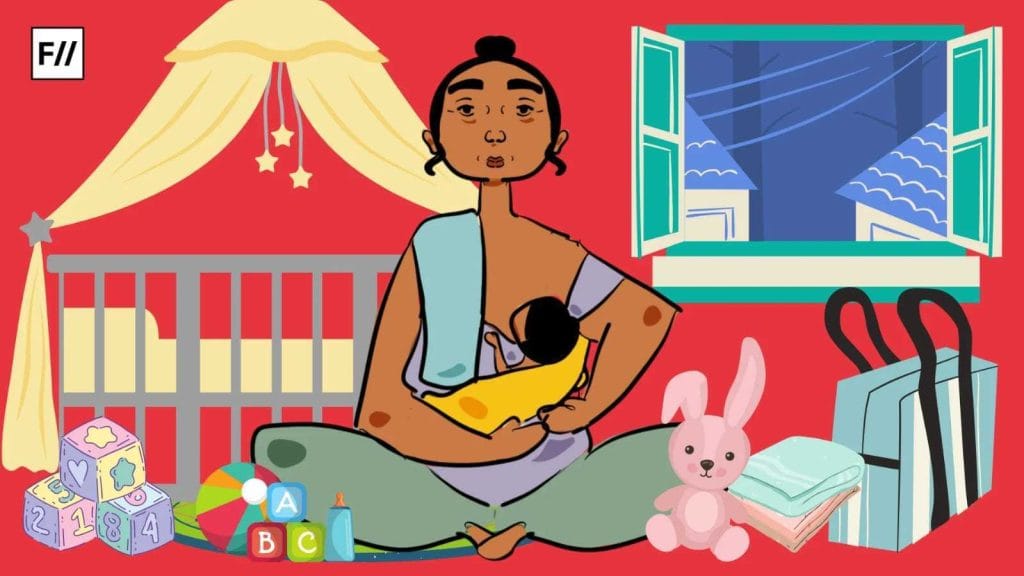
Now that people are moving to tier 1 and 2 cities for better opportunities and lifestyle, more families are becoming nuclear units. So, with only 15 days of paternity leave, the onus of nurturing the child while recovering falls completely on the mother. This only increases the caregiving gender gap.
Thankfully, corporate India is taking charge. Zomato offers paid parental leave for men and women equally, while HUL provides three weeks of paternity leave.
When rights are truly equal
The Supreme Court’s stand in Umadevi’s case is clear: maternity leave is a right, not a favour. Rooted in Articles 21 and 42, it stresses that a woman’s dignity and honour are respected when her rights are honoured. This ruling wasn’t a landmark ruling; it was a necessity that should’ve been common sense. Yet, it’s a start towards a more empathetic India.
There are still gaps in the system, making these benefits inaccessible for a big demographic. We need laws that see every woman, regardless of her economic and marital status, birth number, caste, or class. We need paternity leave to share the load of child raising. More than that, we need society to truly understand that motherhood matters.
About the author(s)
Forget textbooks, Mrudavi got hooked on writing through her childhood obsession with fiction novels. Now, she tells engaging stories that address real-world topics with a touch of her experiences. When the writing bug takes a break, Mrudavi can be found curled up with a good book or with her favourite people, fueling her imagination with endless cups of iced lattes.
